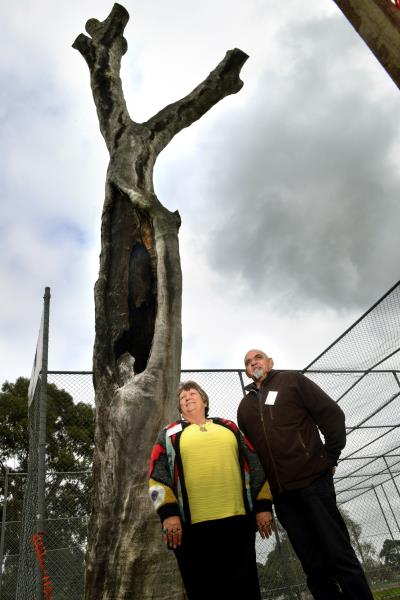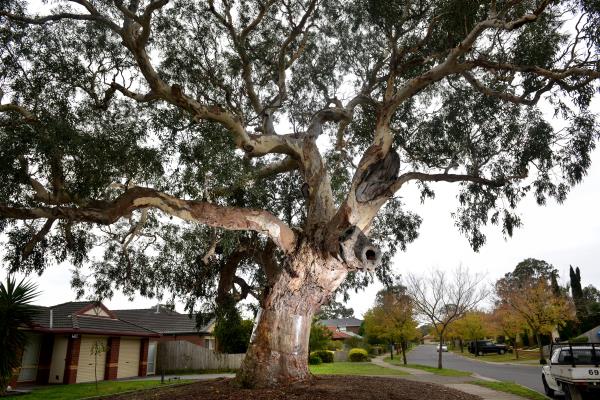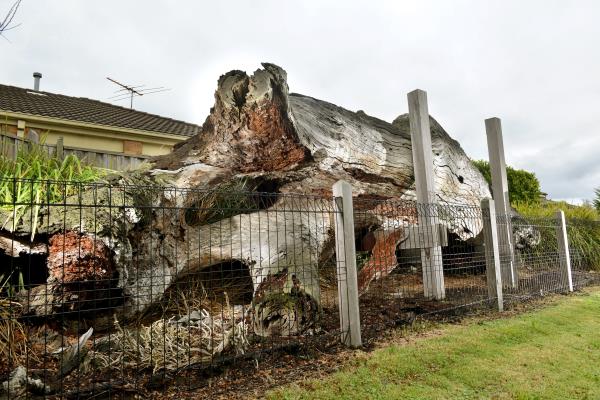
By GEORGIA WESTGARTH
A TOUR of the aboriginal sites of significance throughout Greater Dandenong and Casey revealed the past and what is buried below but also enlightened those present on what Aboriginal people want for tomorrow.
The Inter-Council Aboriginal Consultative (ICAC) organised the tour for councillors and Aboriginal community members with the hope of spreading what they learnt throughout the community.
Aboriginal singer songwriter Kutcha Edwards hosted the tour and spoke about his vision for the future.
“It’s not about an us and them mentality, it’s about a collective mindset for a better tomorrow,” Mr Edwards said.
The tour stopped at the Dandenong Police Paddocks, Hampton Park renewal project, Lynbrook Estate and the Dandenong Pultney Street Park.
The group of 22 looked at scar trees and listened to talks from Wurundjeri Land Council representative Jemima Gardiner, archaeologist Mandy Nicholson and Dandenong and District Aborigines Co-operative executive officer Andrew Gardiner.
Ms Nicholson said the Lynbrook Estate was previously a swamp.
“Before it was a farm it was a swamp, prolific in bird life with a lot of sand from Port Phillip bay, most of Cranbourne’s sand is beneath us here in Lynbrook,” she said.
Ms Nicholson was working for the Wurundjeri Land Council and dug the Lynbrook area 17 years ago.
“It’s about recording the history of the area and the different people that lived here,” she said.
Greater Dandenong Mayor Sean O’Reilly said the tour had given him a new perspective on aboriginal culture.
“I was born in 1971 and at school was taught a particular view of Aboriginal history that was largely about having pity upon the Aboriginal people, about what white man had done when they colonised Australia,” Cr O’Reilly said.
“This experience has helped me to understand that the aboriginal people still don’t feel that they have been given the due respect as Australia’s first people,” he said.
ICAC member and Casey Local Area Commander Inspector Paul Breen spoke to the group outlining why it was so important for him to attend.
“As a local commander I have to get my head around these complex issues because we often see drunken, homeless and drug affected Aboriginals and for me to be a better leader I need to be a part of these meetings,” Insp Breen said.
The tour was held in the lead up to Reconciliation Week and provided participants with a greater knowledge of what Dandenong and Casey was once like and the exact locations of Aboriginal significance in their community.
During the lunch break Mr Edwards held up his mobile phone and said “culture is about Aboriginal people holding this phone and talking to our mobs on it.”
“We are an adapting people and we will always adapt to the environment we live or have been placed,” Mr Edwards said.









